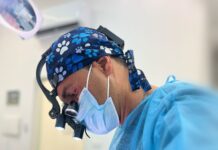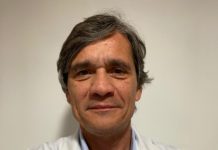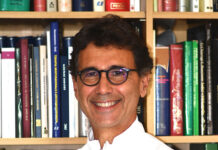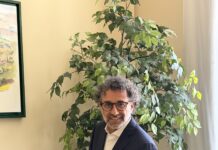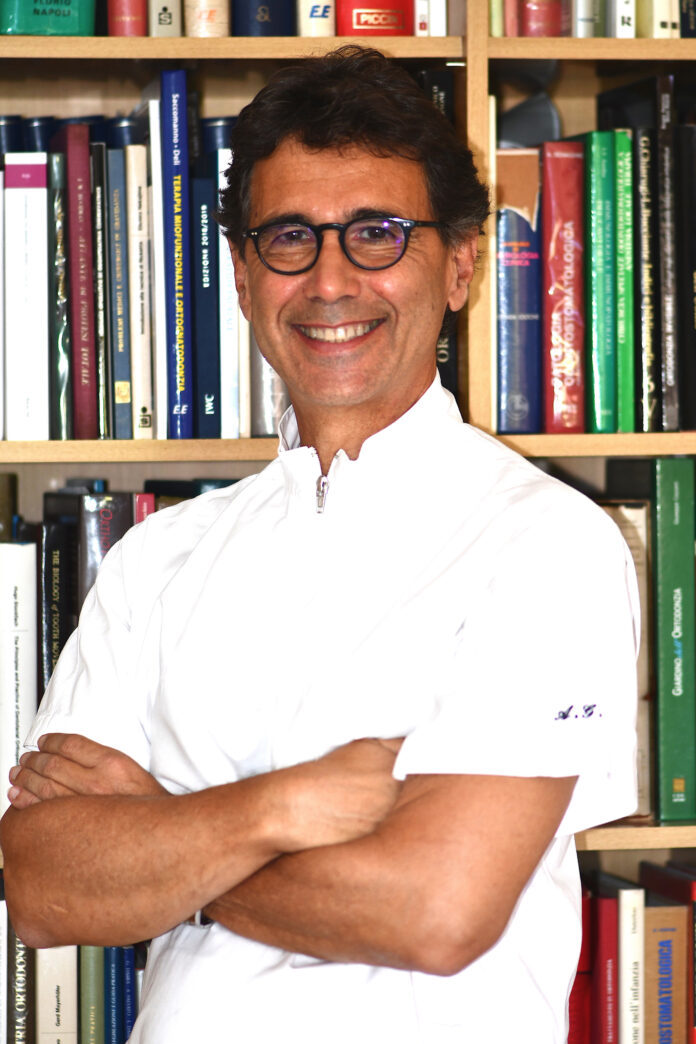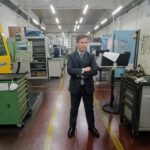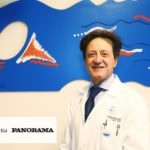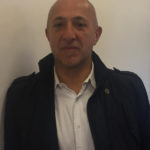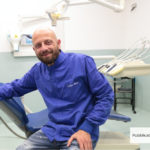The latest 3D technologies in Orthodontics
Thanks to scientific research and technological progress, Orthodontics is becoming an increasingly advanced medical branch: computerized procedures, innovative materials and latest generation diagnostic tools are in fact paving the way for a series of previously unthinkable solutions, thanks to which patients can achieve truly extraordinary results. Not only! Very sophisticated 3D technologies now allow the specialist to intervene with greater safety, reducing time and increasing the success rate of the treatments performed. Prof. Aldo Giancotti, for almost 30 years a recognized and prestigious reference in the prevention, diagnosis and treatment of dental malocclusions and related pathologies, illustrates the goals achieved in this area. Since 1991 Professor of Orthodontics at the University of Rome “Tor Vergata”, Prof. Giancotti is President-elect of the Italian Society of Orthodontics and Past-President of the Italian Academy of Orthodontics and of the Italian Board of Orthodontics.
Prof. Giancotti, what does Orthodontics do?
It is a branch of Dentistry that deals with diagnosing and treating dental malocclusions and craniofacial disharmonies, but also with treating the repercussions that these anomalies have on the harmony of the face and on the correct performance of functions such as breathing, chewing. and the articulation of language. Thanks to an accurate clinical and diagnostic evaluation, today the specialist is able to evaluate the extent of the pathologies and to prescribe the most suitable therapeutic treatment to restore the correct functioning of the entire stomatognathic system, with treatments, techniques and therapeutic devices of latest generation, which are customized according to the needs of the individual patient.
What are the very latest frontiers in this area?
Today, three-dimensional digital radiology offers the possibility of making a rapid and precise diagnosis, with all the advantages that this entails: the 3D Cone Beam (CBCT), for example, provide images that faithfully reproduce the patient’s anatomy, allow you to observe the anatomical dimensions and to correctly evaluate the bone volume. This technique is therefore superior to the traditional one due to the greater definition of its images and because it allows better contrasts between structures of different densities, exposing the patient to a lower dose of radiation. 3D technology offers interesting perspectives also from a therapeutic point of view: in fact, in recent years there has been a shift from reactive devices in which it is not possible to accurately predict the effects but simply try to govern the reaction to others of a proactive type that foresee the effects of a specific clinical management procedure, allowing the specialist to plan increasingly targeted and customized therapies in time, minimizing unwanted effects. Ultimately, all modern orthodontic equipment should be based on proactive procedures.
Orthodontics, therefore, is increasingly digital. Which naturally brings benefits for operators and patients, with a more precise diagnosis and more accurate treatment.
Exactly! The use of digital technology arises from the need to work with greater safety and precision, reducing the duration of treatments and increasing the success rate of the work performed, with enormous benefits both in social and economic terms. In recent years, for example, there has been a growing interest in “invisible orthodontics”, a technique based on the use of progressive transparent aligners. Also in this case, thanks to the latest generation software, the specialist is able to create, with extreme precision, a virtual customized model as an initial basis for programming and simulate the smile at the end of the treatment, something much appreciated by patients. If it is then necessary to use fixed equipment, it is possible, in addition to traditional devices, to use robotic orthodontic wires that allow you to insert individualized information into the work span that generate extremely precise and faster tooth movements. This procedure has a highly positive impact in terms of chair time (with a consequent reduction in treatment costs) and patient comfort. In conclusion, technological innovation and the introduction of new tools have made it possible to radically improve therapies, to open up new study frontiers and to raise the quality of life of increasingly informed and demanding patients. Today the specialist is able to offer advanced treatments, both in terms of effectiveness and less annoyance generated.
For more info: giancotti@uniroma2.it








